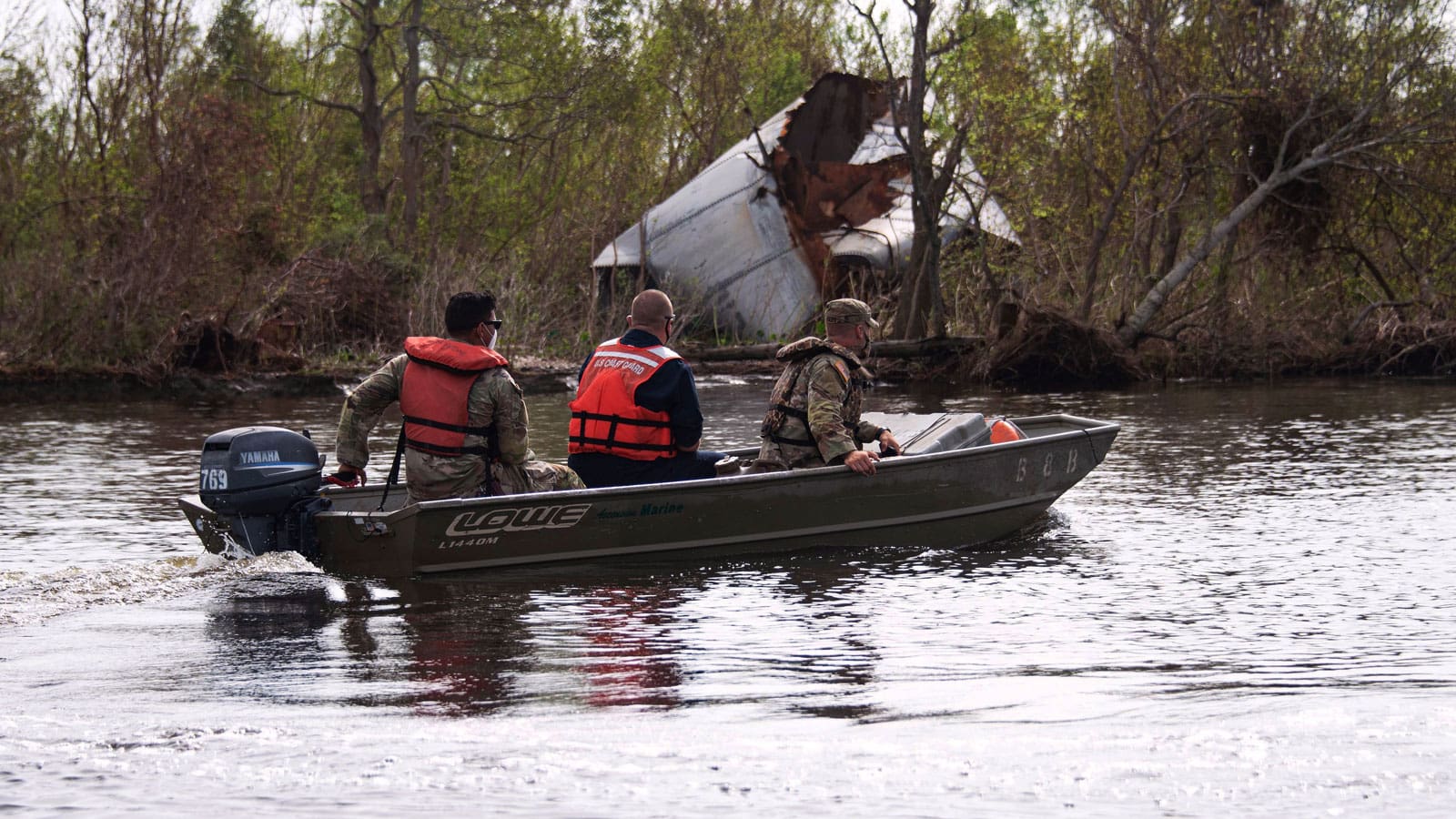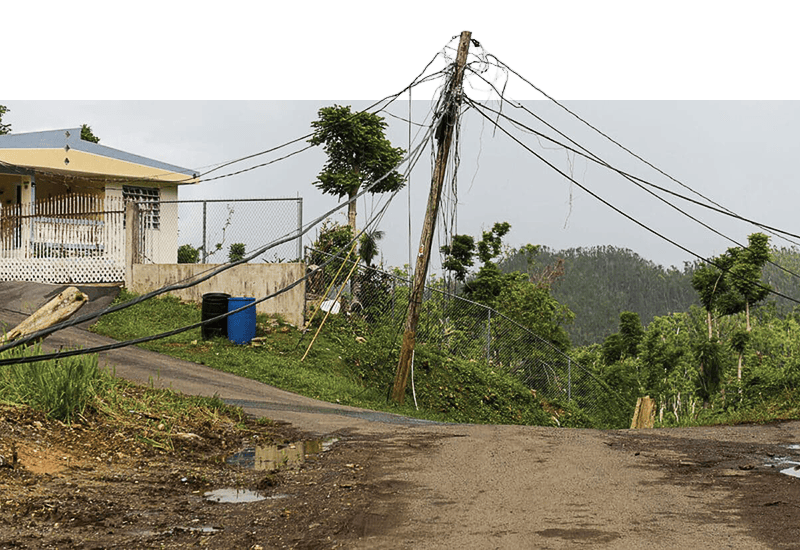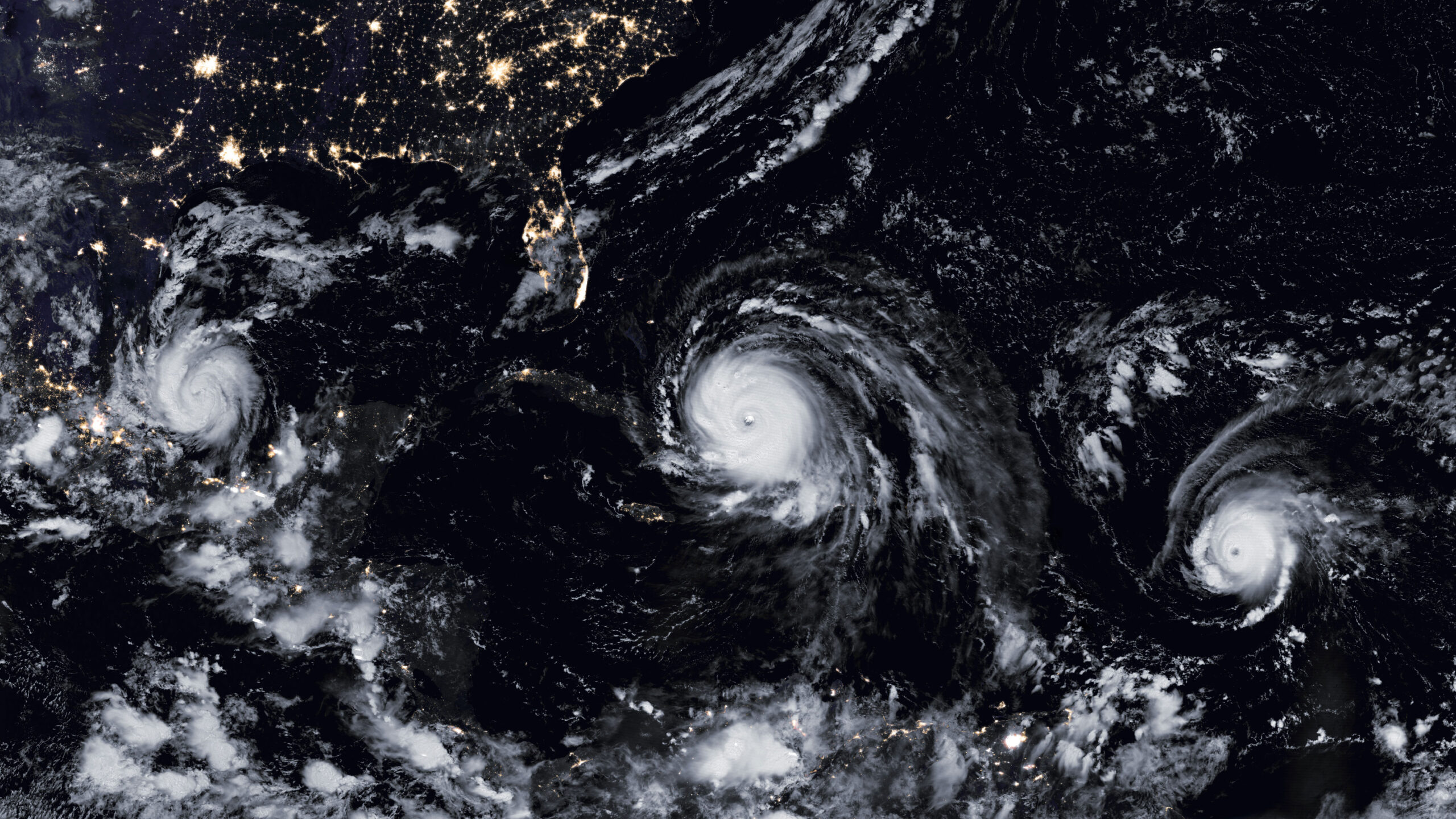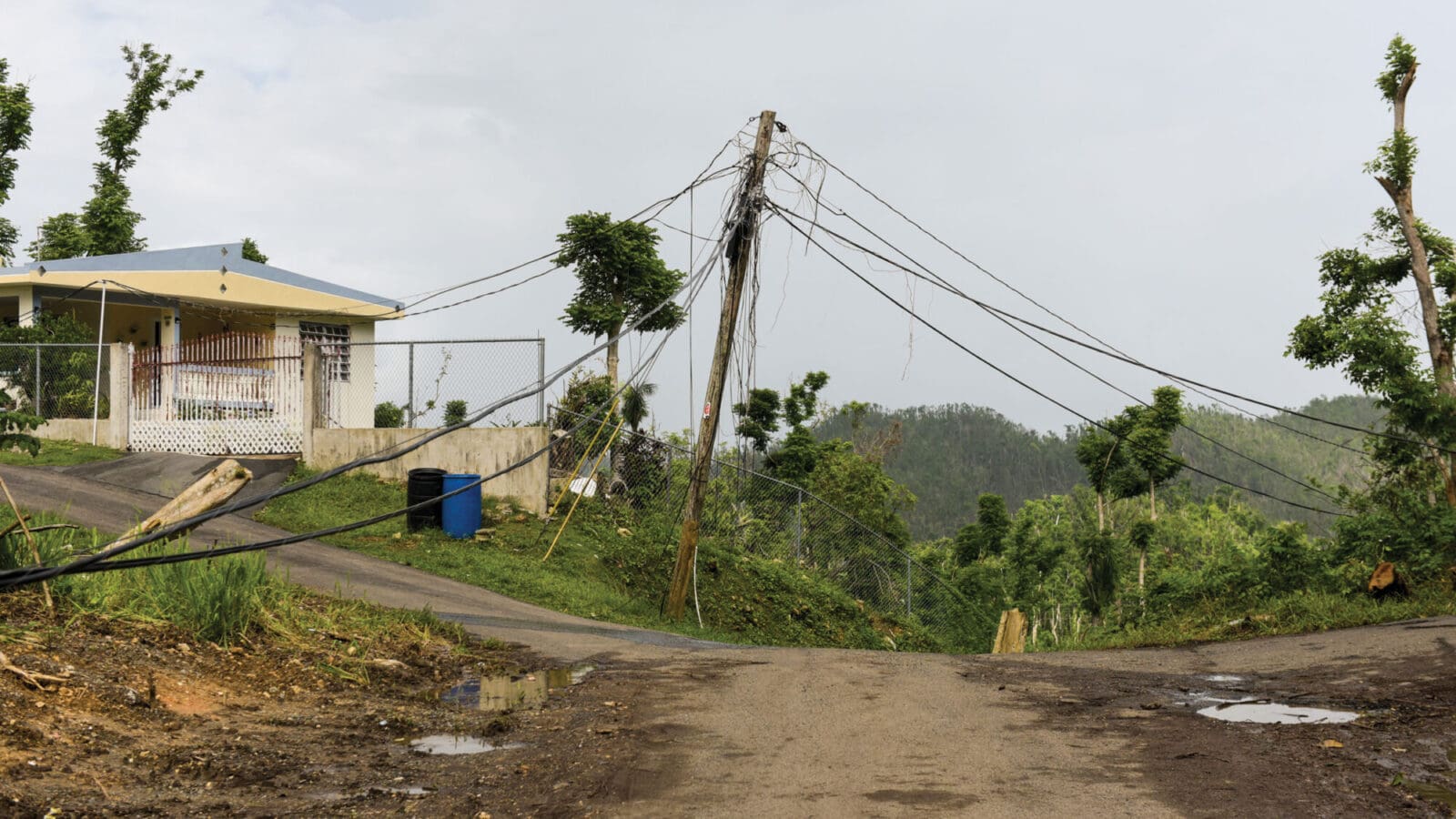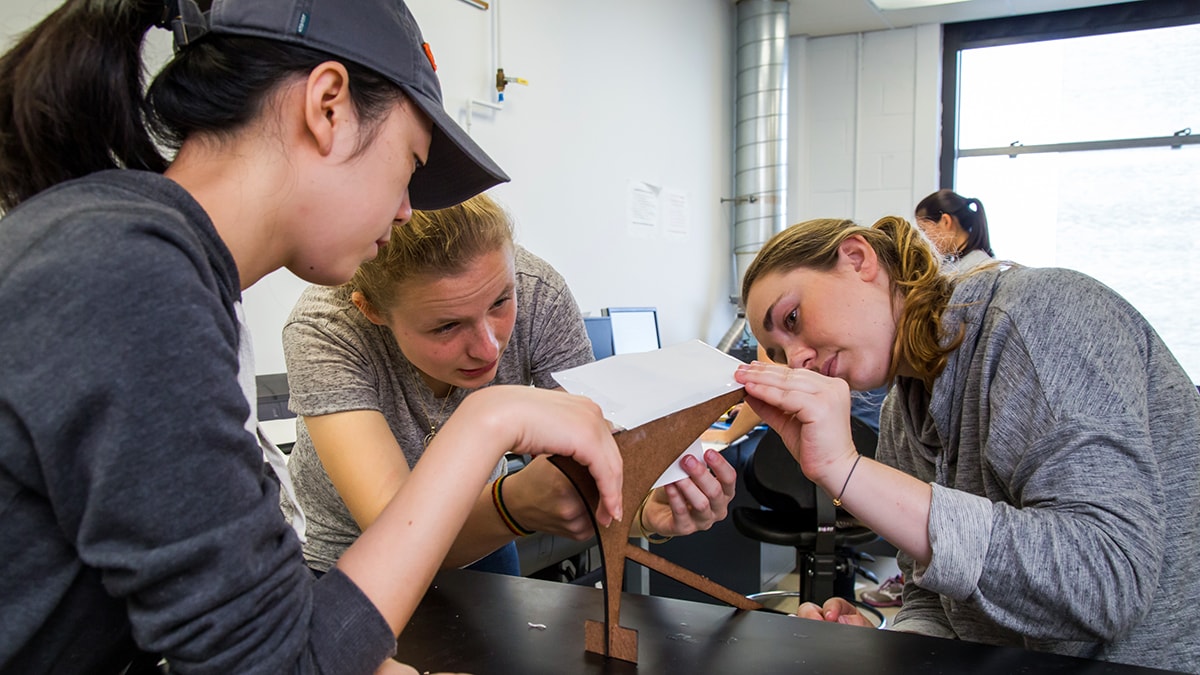Destructive hurricanes followed by deadly heatwaves will become far more common by the end of this century, new research from Princeton University shows.
The combined threat, once considered rare, has recently hit American cities including Houston and New Orleans. Hurricane Ida, which struck Louisiana in 2021, knocked out power and 11 people died in the heatwave that followed the storm.
In an article published May 15 in the journal Nature Communications, the researchers concluded that rising temperatures driven by climate change is the primary factor increasing the compound risk.
Ning Lin, a professor at Princeton and one of the lead researchers, said that in previous years, hurricanes typically struck after the peak summer season for heat waves. But as the climate warms and heat waves occur later in the year, the chance of extremely hot weather coinciding with a hurricane increases.

“Although historically the risk has been low, with climate change the risk could shift,” said Lin, a professor of civil and environmental engineering.
How common will combined threats of heat and hurricanes become?
The researchers classified the chance of a combined heat wave and blackout following a storm by “return period” — that is, on average the number of years between one combined disaster and the next. For Hurricane Ida, which saw about 35 million Louisiana customers lose power after the storm, the return period under the climate of 1980-2005 was 278 years, the researcher said. If the world continues to produce high amounts of greenhouse gases, the researchers said the return period would drop by 94 percent, to 16.2 years, after the year 2070. If carbon emissions decrease significantly, the return period would be 23.1 years.
As the climate changes, coastal areas will experience both higher temperatures and greater hurricane intensity. “The number one driver is an increase in heat waves,” Lin said. “The second component is increase in hurricane intensity.”
Lin said that nearly all climate models indicate that hurricane intensity will increase, but the question of whether hurricanes will increase in frequency is still unsettled. For this research, the team assumed that hurricane frequency would not increase.
The researchers used climate models to simulate 30,000 virtual storms impacting the Atlantic and Gulf Coasts. The models accounted for factors such as wind, rainfall, storm surge and heat. The researchers used separate models to project the impact of those storms on power grids and estimate the recovery time for customers. In the models, the researchers assumed the population distribution would remain constant and that the power grids would not change. They did calculate that coastal levees would be elevated following current schedules.
Communities will face increasing challenges under all climate scenarios
Michael Oppenheimer, a co-lead author of the article, said that community leaders will have to deal with challenges on multiple fronts. Intensifying coastal storms will combine with sea level rise to stress flood prevention measures and drainage systems. Electric grids will face greater demand in heat waves at the same time requiring better protection from storms and floods. Failures in one system can make other systems more vulnerable — flooding blocks roads, making it far more difficult for electrical workers to repair downed power lines or damaged substations.
The researchers said that Hurricane Ida, for example, knocked out 31,000 utility poles in Louisiana, leading to 47 percent of electricity customers losing power. Restoring power to 90 percent of customers took about 10 days. A heatwave descended on the area after the storm and about 42 percent of residents experienced both a power outage and heatwave for at least one day, the researchers said.
“These are not just individual risks, they are combined risks,” said Oppenheimer, Albert G. Milbank Professor of Geosciences and International Affairs and the High Meadows Environmental Institute at Princeton. “Consequences can be more severe than the sum of damages expected from the individual events because they interact with each other, the damages from the first worsening the effect of the second event”
Oppenheimer said dealing with increasing challenges of combined storm threats will require cooperation at all levels of government. Cities and towns can build seawalls and upgrade storm sewers, but improving electrical grids will need support from regional and federal governments. Disaster relief efforts will require federal and state officials to work together.
“This kind of one-two punch is increasingly likely,” he said. “We need to be prepared but so far, few people in our governments are sufficiently focused on the problem”.
The article, Hurricane Ida’s blackout-heatwave compound risk in a changing climate, was published May 15 in Nature Communications. Besides Lin and Oppenheimer, the authors include Kairui Feng, of Tongji University, Shanghai, China; Avantika Gori, of Rice University; Min Ouyang, of the University of Hong Kong; and Dazhi Xi, of Huazhong University of Science and Technology, Wuhan, China. Feng, Gori and Xi were postdoctoral researchers in Lin’s Princeton laboratory when the research was conducted. Support for the research was provided in part by the U.S. National Science Foundation.
